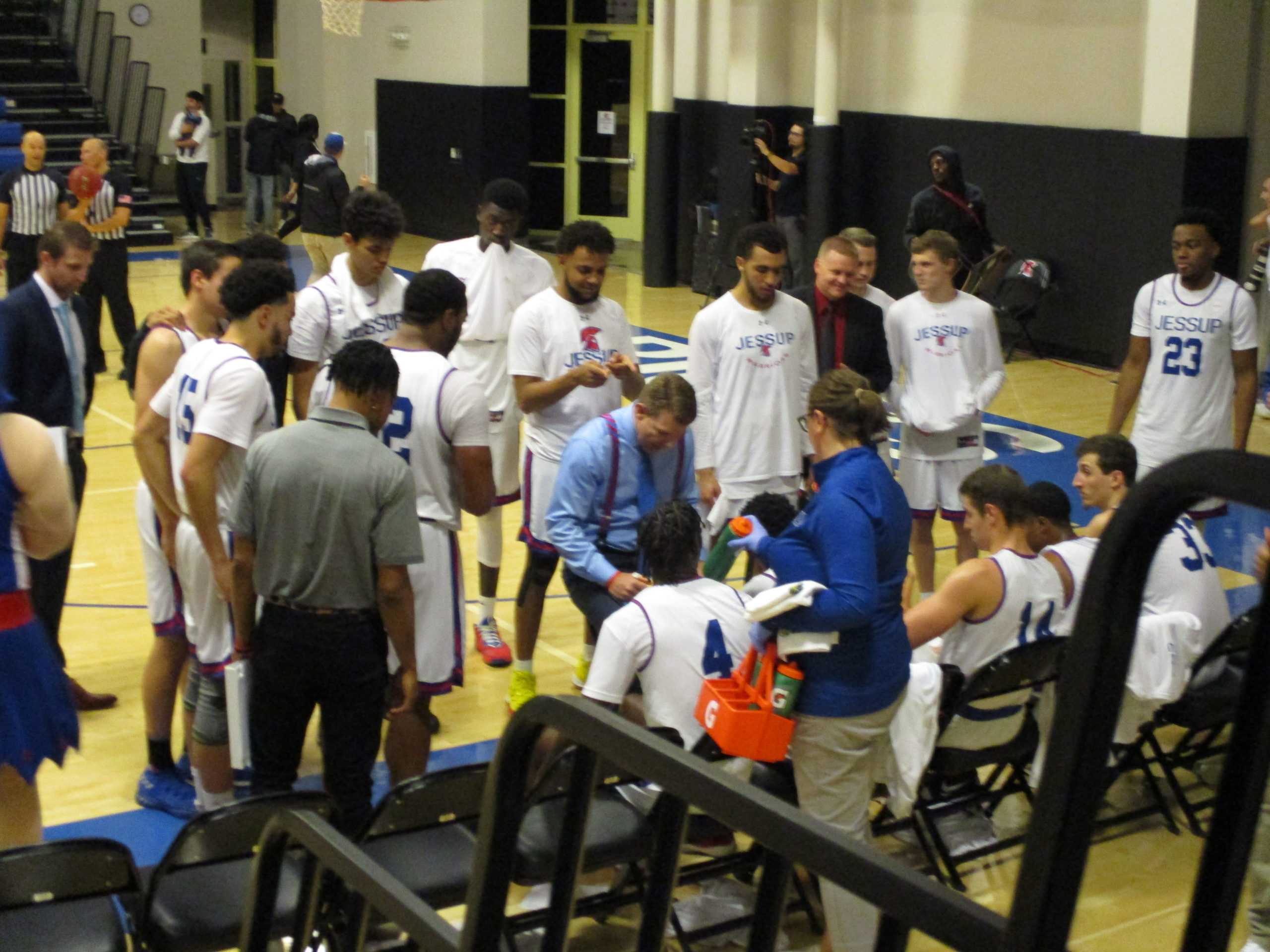There are many all-time greats in the game of basketball. Such names as LeBron James, Michael Jordan, Magic Johnson, Larry Bird, Wilt Chamberlain, and Bill Russell are well known and remembered throughout the annals of NBA history. However, there is one name that is seldom mentioned when current and past superstars are spoken of. It’s unfortunate that this individual is often forgotten, as he is credited with being the father of modern basketball. The man once called “the Babe Ruth of basketball”, was an on-court monster. This man was Jumpin’ Joe Fulks.
Early Years
Fulks first encountered the game of basketball in 1929, when he was only 8 years old. He was instantly enamored by the game and this love would last his entire life. As a child Fulks would go to his school’s basketball court every night and practice his shot by tossing tin cans through the hoop. Fulks would eventually graduate to an old basketball, and that’s when his transformation to a basketball prodigy truly began.
Joe Fulks would play street ball until he was old enough to tryout for his Marshall County Highschool Basketball team. Unsurprisingly, Fulks was instantly accepted into the team as his scoring ability was already on display. However, the coach of Fulks high school team didn’t appreciate Fulks fast paced offence. Fulks coach informed him that he must play the game properly or not at all.
Unlike Any Other
The version of basketball that Fulks played often strayed from the slow-paced version that existed at that time. Fulks would often jump and spin through the air while transferring the ball from one hand to the other. The jump shot may have been invented by Kenny Sailors, but Fulks was the one who evolved it.
Luckily for basketball, Fulks continued to hone his offensive abilities on his own time. Fulks graduated from high school and would enroll in Murray State Teacher’s College. During his time there, Fulks would quietly average 13.2 points over 47 games. Fulks’ offensive displays allowed him to be inducted into the NAIA Basketball Hall of Fame.
Unfortunately, the Second World War was raging and Fulks was drafted into the Marine Corps. When Fulks wasn’t moving through the jungles at Guam and Iwo Jima, he was playing for the Fleet Marine Force at Pearl Harbor. It was during this time that Fulks continued to adapt and modify his offensive approach. The practice was profitable, as Fulks would begin playing for the Marine’s All-Star team. The conclusion of the war would see Fulks return home and play for the touring All-Star Leathernecks.
Fulks would quickly gain attention from the fledgling Basketball Association of America, as a 6’5 power forward with a dead-eye shot was awe-inspiring. In 1946, Fulks would go on to sign with the Philadelphia Warriors for $8,000 dollars and a new car. According to Fulks, he would return home to happily tell his wife “This is great — I’m going to get paid for doing something I like to do.”
Joe Fulks: Changing the Game Forever

The inaugural game of the BBA was graced with Fulks dropping 25 points in a 6-point win over the Pittsburgh Ironmen. Fulks would continue to dominate throughout the season, going on to average 23.2 PPG and lead his team to claim the championship.
In the following two seasons (1947-1949) Fulks averaged 22.1 and 26 PPG, although he would never go on to win another championship, Fulks would remain dominant until 1950 and would participate in the first All-Star game, while averaging 18.7 PPG for the season. Numbers like these are extraordinary, as Fulks played during the pre-shot clock era. This meant that the defensive strategy in close games was incredibly simple. The players were told to merely hold onto the ball and pass it around until the time ran out.
Unfortunately, as Fulks grew older he became incredibly fond of drinking and would eventually become an alcoholic. The addiction would become so bad that he would be drinking before games and the coach would have to stop him. Eventually, Fulks’ persistent drinking would affect his playing ability and his on-court production suffered. In the seasons following, Fulks’ offence would consistently decrease, and by the end of 1954, he averaged only 2.4 PPG.
Joe Fulks’ Untimely End
Fulks eventually left basketball and drifted from job to job before finally sobering up and attempt to get his life in order. Fulks was able to land a job as the athletic director at the Kentucky State Penitentiary, but unfortunately, his life was about to be cut short. On March 20th, 1976, Fulks was killed in his girlfriend’s home. It was found that after a night of heavy drinking the couple had an argument about a family members ownership of a .38 pistol. Fulks had been shot in the neck by his girlfriend’s son, Gregg Bannister.
Unfortunately, Fulks’ death went unnoticed by the basketball world as he had fallen out of communication with his former teammates. Although Fulks died in relative obscurity, he would be recognized in the years following. In 1970 he was named to NBA Silver Anniversary Team, with greats such as George Mikan and Bill Russell. Furthermore, in 1978 he was posthumously inducted into the Naismith Memorial Basketball Hall of Fame. I would urge fans to research early basketball, to learn of the unsung greats that made the game that we love. Joe Fulks may have been forgotten by many, but his mark upon the game of basketball will never diminish.
Follow me on Twitter @Swainger_Danger and check out other articles by the Belly Up Hoops team.






